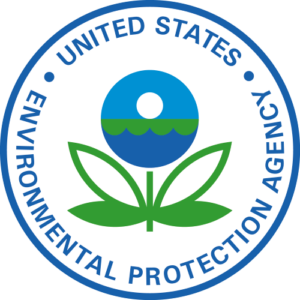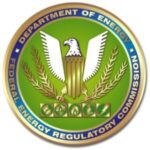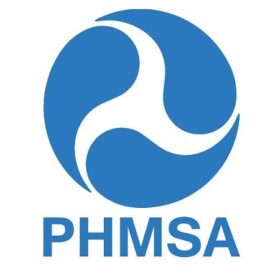
Proposed Revisions to 25 PA Code, Chapters 121 and 129, PA Bulletin, Vol. 44, No. 16 (April 19, 2014)
Additional RACT Requirements for Major Sources of NOx and VOCs (Proposed Rule)
Summary of Comments By the Interstate Natural Gas Association of America
Comments submitted by the Interstate Natural Gas Association of America (INGAA), a trade association
of the interstate natural gas pipeline industry, address the proposed requirements for control of nitrogen
oxides (NOx) and volatile organic compound (VOC) emissions from stationary natural gas-fired
reciprocating internal combustion engines (RICE) and turbines. INGAA members operate natural gas
transmission and storage facilities in Pennsylvania, which use RICE and turbines to drive compressors.
The requirements in the proposed Pennsylvania Department of Environmental Protection (PA DEP) rule
would affect many of these units.
INGAA and its members share PA DEP’s desire to reduce the burden associated with case-by-case RACT
analysis, but a number of issues must be addressed to achieve that objective. Primary issues include:
(1) The Proposed Rule significantly underestimates the number of affected units that would require
installation of NOx or VOC control technology. Approximately 150 units operated by natural gas
transmission companies would be affected by the rule; this exceeds the PA DEP estimate for all affected
units statewide. Thus, the rule would have significant impact on natural gas transmission company
operations, including many requirements to install control technology and associated costs that are
significantly under-estimated by PA DEP.
(2) The compliance schedule in the Proposed Rule is not feasible. The schedule requires compliance
within one year, with an option to request an extension that allows up to three years. Due to the large
number of affected units, there are significant scheduling implications, which could affect the reliability
of gas delivery. An implementation timeline of more than three years is necessary to comply. Instead of
a hard three-year deadline, operators should be allowed to provide a plan, for PA DEP review and
approval, that establishes the compliance schedule for an operator’s affected equipment.
(3) The proposed VOC emission standards should be deleted or replaced with compliance requirements
based on good combustion practices. PA DEP relies on support documentation that inappropriately
assumes that VOC emission controls would not be required, and it fails to assess implications. The
proposed VOC emission standards would accomplish minimal reductions at a very high cost.
(4) The applicability threshold for turbines required to comply with emission standards should be
revised to 6,000 horsepower (hp). If not, an entire class of turbines would be required to request caseby-
case alternative RACT because retrofit emission control is not available for smaller turbines.
(5) INGAA supports including emissions averaging in the Proposed Rule, but that compliance option
should be accessible at the discretion of the operator rather than requiring operators to first demonstrate
that emission limits cannot be met for affected units.
INGAA believes that emission reductions can be achieved, but PA DEP must revise the Proposed Rule
to consider technical and economic feasibility, and to define reasonable schedules. INGAA
recommends that the Environmental Quality Board withdraw the proposed regulation until PA DEP can
address these comments and prepare a revised Regulatory Analysis Form. INGAA offers its assistance
to reconcile the issues herein and facilitate the development of viable, effective, and reasonable RACT
requirements for natural gas-fired reciprocating engines and turbines.







